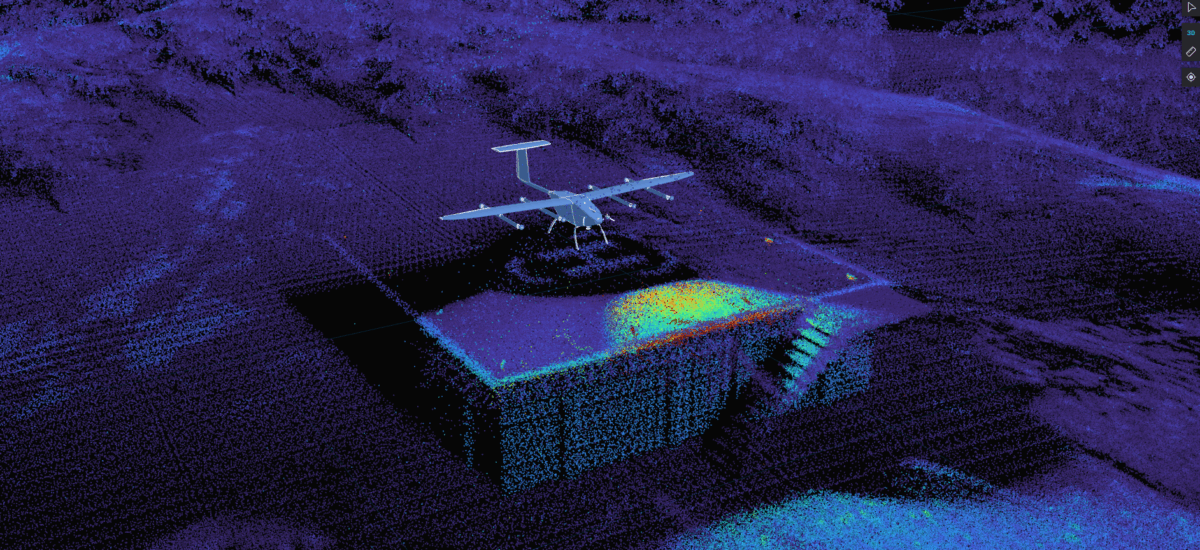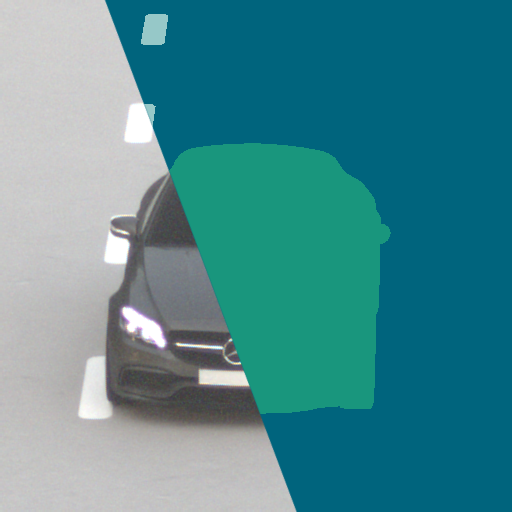What is OCTAS®?
OCTAS® is a highly modular simulation framework, developed by Fraunhofer IOSB and various partners. Its main purpose is to provide a joint, efficient platform that connects independently-developed modules efficiently. Use cases for simulation differ widely, but they often require the many of the same building blocks, such as the simulation of sensors, physics, kinematics or human behavior.
Instead of developing and linking standalone, complete simulation softwares through co-simulation, OCTAS® allows compact binary plugins to collaborate on a joint, transparent world model.
Technical requirements
| supported systems* | Windows, Linux, macOS |
| setup* | download & run (no installation required) |
| system requirements* | depend largely on simulation complexity |
| license* | Apache 2.0 unless otherwise noted |
| plugin development requirements* | CMake, C++17 compiler (routinely tested with GCC, MS Visual, Clang) |
| predefined interfaces* | ROS1, ROS2, CAN, DroneCAN, Mavlink, Blender |
* This refers to OCTAS® as a framework and most base plugins. Specific plugin requirements may differ.
Interaction concepts
| Task | GUI | XML | Python | C++ |
|---|---|---|---|---|
| Running simulations and interacting at runtime | ● | ● | ● | ● |
| Building new simulations from existing plugins | ○ | ● | — | ● |
| Adding new simulation models | — | — | ○ | ● |
| Adding new properties | — | — | ○ | ● |
| Adding new interfaces | — | — | ○ | ● |
| Rewriting the core | — | — | — | ● |
● Possible and widely supported ○ Limited — Not currently supported

Developers
Such plugins can be developed by anyone, on almost any system, using any compiler and toolchain. Developing in C++ gives you unlimited freedom to change any aspect of OCTAS® and connect your own software, while Python provides simple interfaces for many applications.
Developers can distribute their plugins commercially, or release their code as open source. With OCTAS®, developers can focus on what matters most: Developing better simulation models for their domain. Running the overall simulation, providing external interfaces, and adding other aspects of the world, is handled by the open OCTAS® core and the ecosystem of other developers.
Users
OCTAS® runs on a wide range of systems, in many cases even without installation. Commercial use of the framework is permitted, and thanks to the open framework, you own it and you keep it.
Building complex simulations is complex—we know. That’s why OCTAS® offers multiple interfaces. Many functions are available through the graphical user interface (GUI). Simply download the program and plugins, and run your first scenarios.

Once you are familiar with the framework, build your own scenarios using the general XML language: A selection of different models allows to tailor your individual simulation setup. Access the whole state of the simulation in a single source of truth at any time. Recombine plugins and modules, change levels of detail at runtime. Develop scenarios in the GUI, then run them from console or on servers.
Why another simulation framework?
Simulation requirements have increased considerably in the past decade. AI and autonomous systems have become increasingly complex agents fulfilling complex tasks in a complex world.
Developing these systems safely, efficiently and understandably requires a platform for modeling this complexity in a virtual space.
OCTAS® allows experts from any background to collaborate on modeling this world, piece by piece, plugin by plugin. It was designed to be the most flexible, versatile and general simulation framework there is—while still being as efficient and user friendly as possible.
If you want to take your simulations into your own hands, recombine modules according to your needs, and make sure to be forward-compatible with other developments, OCTAS® is the framework for you.

Background
OCTAS® has been developed since 2014 at Fraunhofer IOSB (then under the name OCTANE) along with several partners from industry, research and academia. It has been used and shared since then in various projects, with applications in automotive, urban air mobility, automatic train operation, public security, and space.
Open access datasets generated with OCTAS® are available under synset.de.